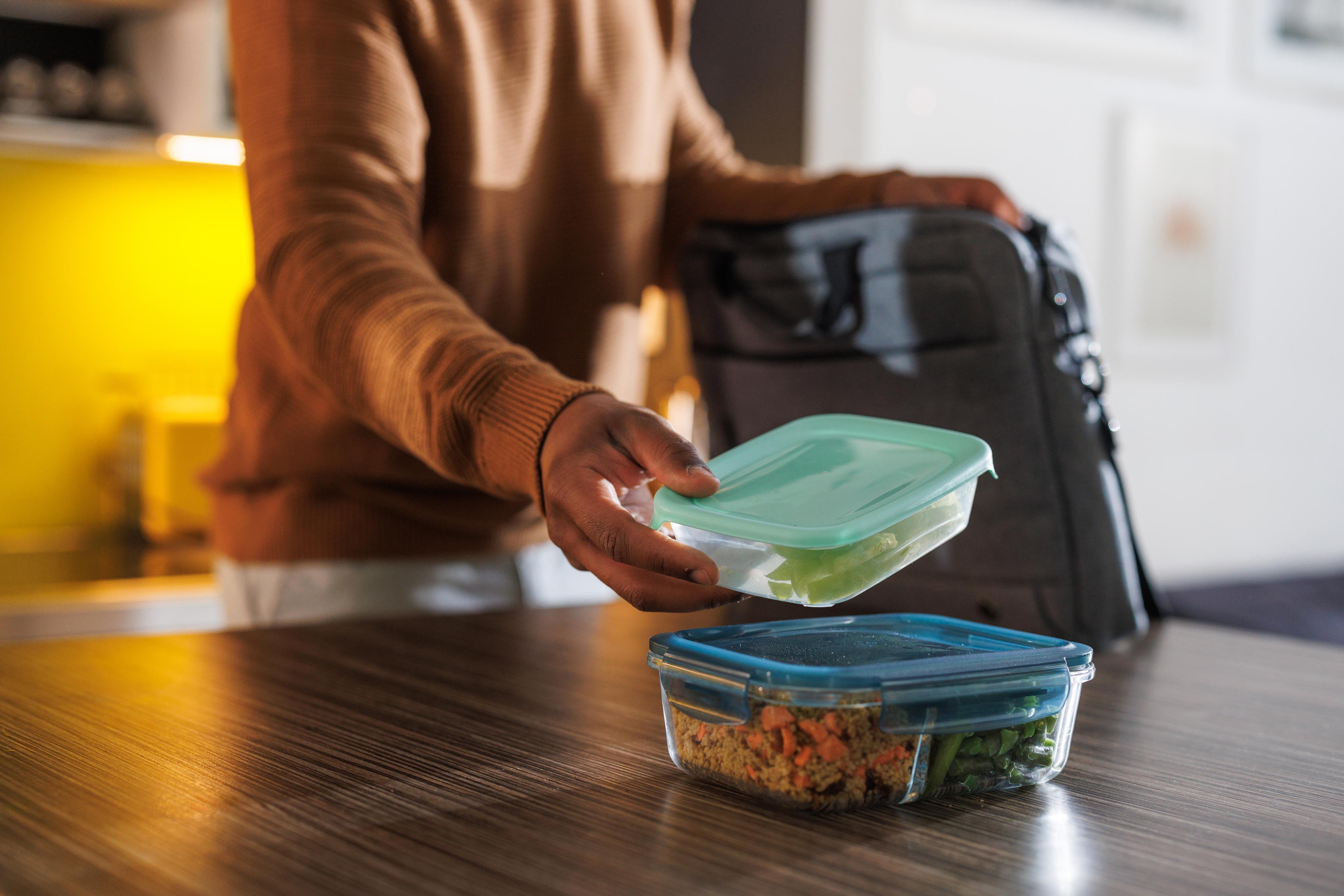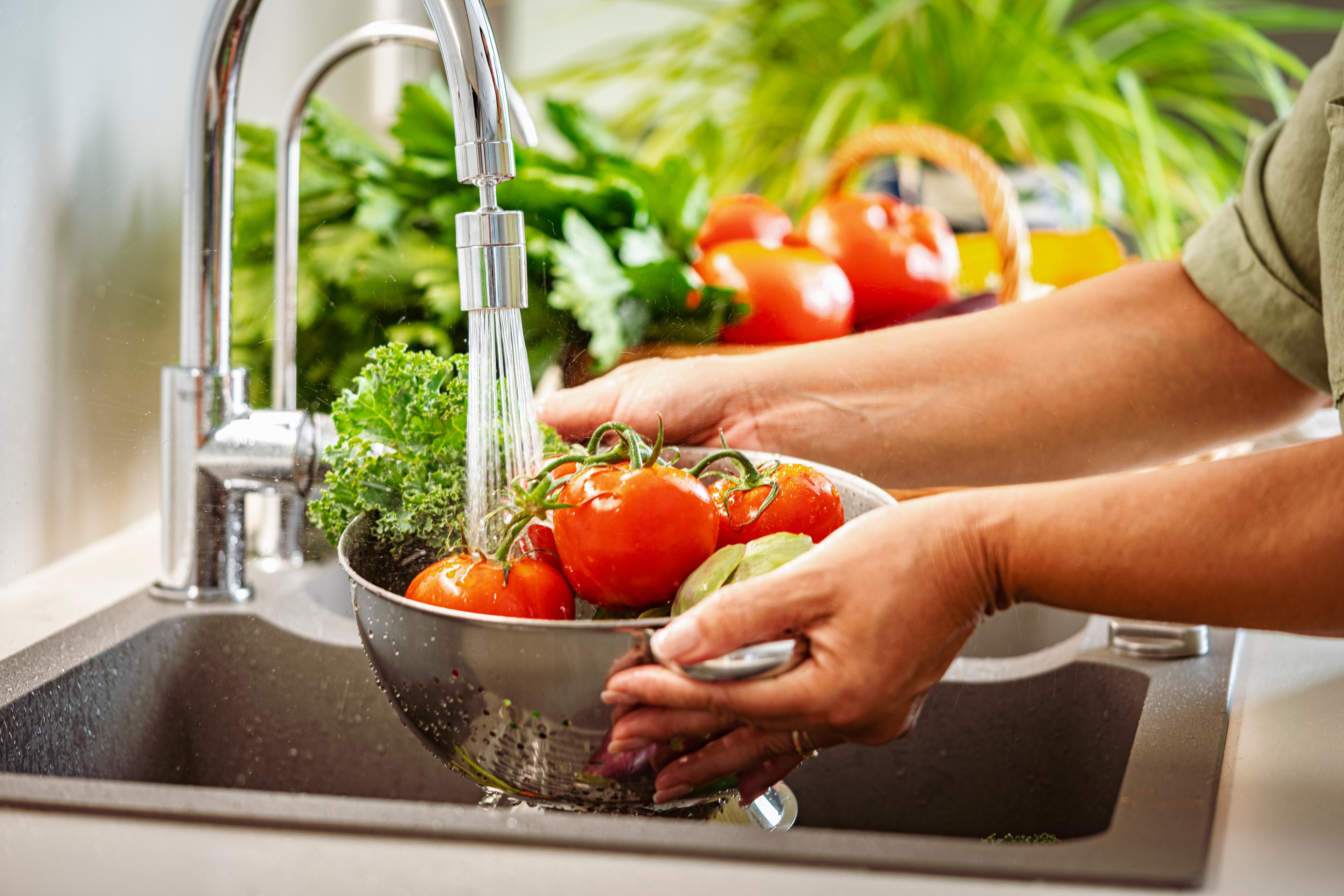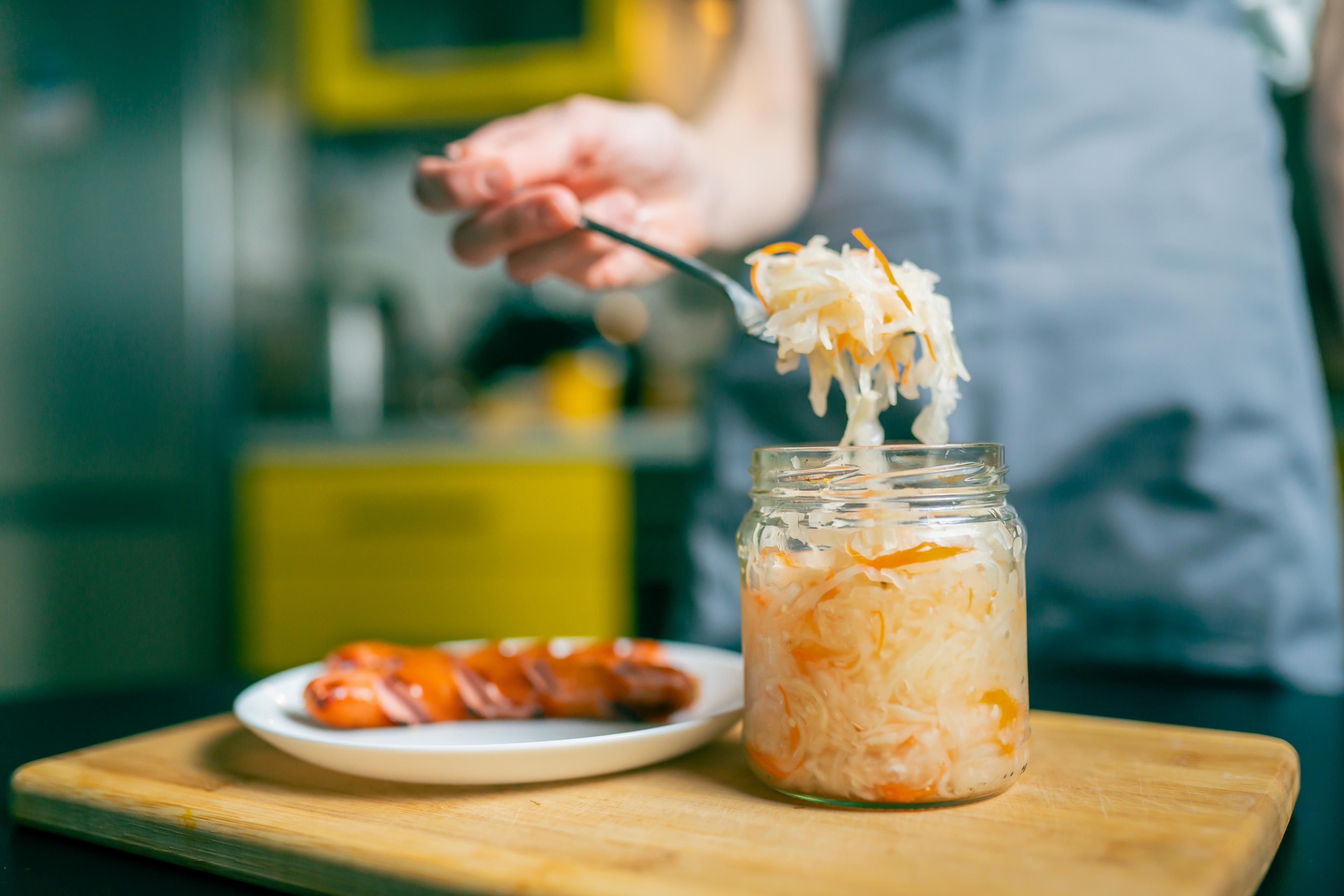Do You Know the Biggest Safety Risks in Your Food?

Katrina Danko
| 2 min read

Every year, one out of six Americans will get sick from something they ate or drank. The symptoms can range from mild discomfort to severe pain or even becoming life-threatening.
While anyone can get a foodborne illness, some groups are more at-risk than others because their immune systems are not strong enough or developed enough to fight off the pathogens. These groups are:
- Pregnant women
- Children under five years old
- People with weak or compromised immune systems, including transplant patients and patients with cancer, HIV/AIDS, diabetes and other autoimmune diseases
How do you protect youself? Some foods are likelier to cause foodborne illnesses than others. In general, high-risk foods tend to be high in protein and have strict refrigeration and cooking requirements. Some examples are:
- meats and meat products, especially poultry, shellfish, seafood and pâtés
- dairy products such as milk, soft cheeses made from unpasteurized milk, creams and custards
- eggs and foods with raw or lightly cooked eggs, such as mayonnaise and mousse
- leafy greens
- raw sprouts
- unwashed vegetables and fruits
- hot dogs and lunch meat
You don’t have to worry as much about foods that don’t require refrigeration or cooking. Reduce your risk even more by cleaning, storing, prepping and cooking your foods correctly. For example, don’t let food sit out for more than two hours (or one hour if it’s 90 degrees or hotter) and keep cold foods over ice.
Photo credit: Jim





